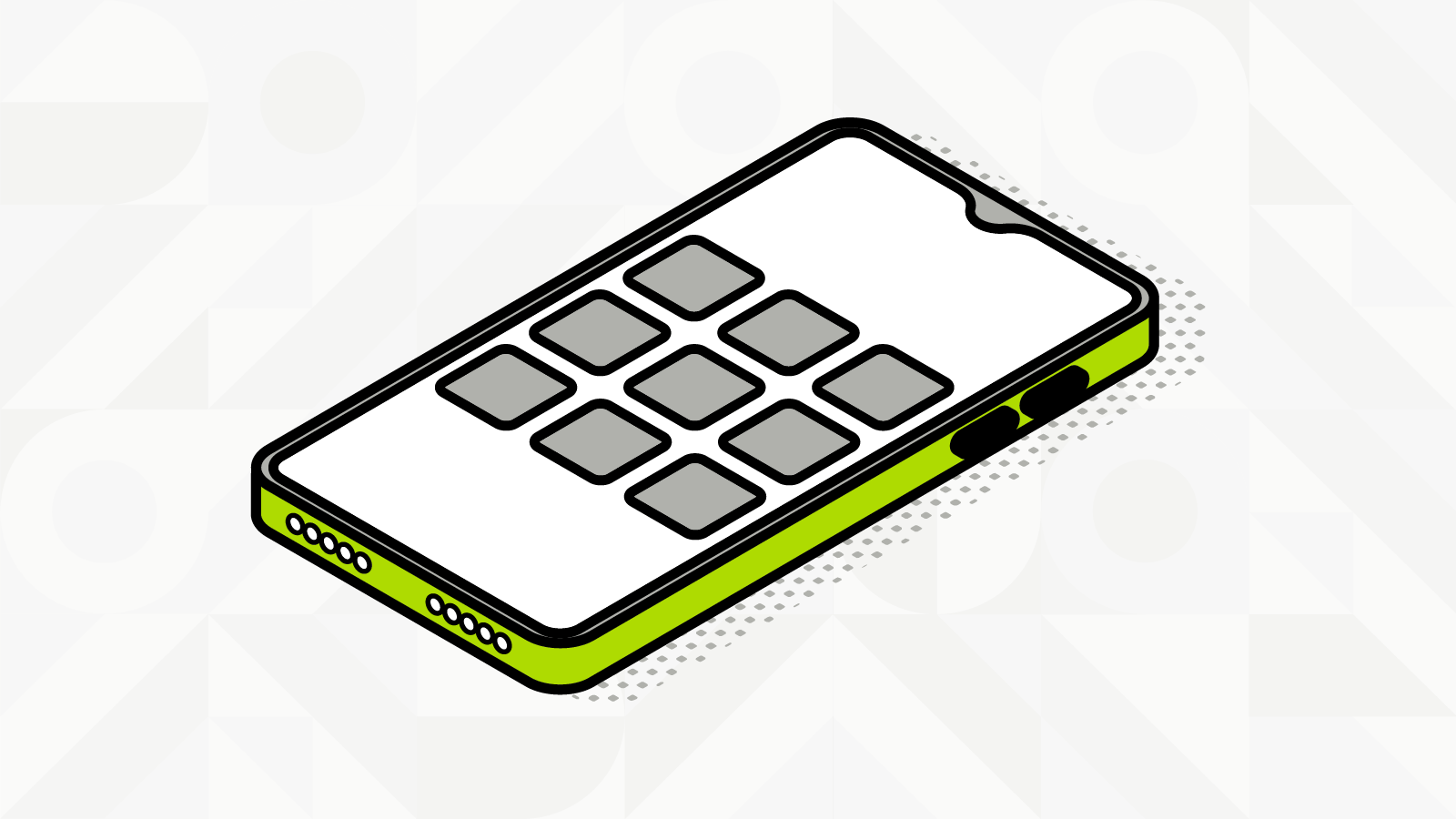Dapps (decentralized applications)
With the rise and growing adoption of blockchain technology, focus has shifted to a new kind of digital innovation, decentralized applications or dApps, for short. These are applications that are built on top of a decentralized network such as a blockchain. These applications utilize the decentralized architecture of the network to offer a range of services and functionality.
Difference with traditional applications
Even though a decentralized application uses the same front-end code to render a web page, as that of a traditional application. It’s a different story if we take a look under the hood. The back-end code (smart contract) runs on a decentralized network, known as a blockchain. This means that dApps operate autonomously, without a particular authority in control and are available each hour of the day.
Smart contracts
Ethereum allows you to create programmable “smart contracts”, simple programs that are designed to be self-executing. It will automatically execute predetermined conditions when a user invokes it with a transaction. Smart contracts allow you to exchange value, property or anything else you can think of in a transparent, conflict-free way while avoiding using a middleman.
Difference between smart contracts and dApps
The main difference between dApps and smart contracts is their purpose. While both smart contracts and dApps work on the blockchain, they have both different functions. You can compare it with traditional software terminology. A smart contract acts as the API while the dApp is the user interface for a program.
In a nutshell
A dApp has a front-end component and a back-end component. Smart contracts act as the backend mechanism of a decentralized application. Whereas, the interface design such as the website, is seen as the front-end of the decentralized application.
The benefits of decentralized applications
From the future of finance, social media or playing games. Decentralization offers various benefits that a traditional centralized application can’t offer.
- Privacy
- Resistance to censorship
- Zero downtime
- Data immutability
Drawbacks
- Hard to scale
- Lack of user experience
- Network congestion
- Difficult to update
Start engaging with dApps
For using traditional applications you will have to register and create an account for each individual service. With Web3 however, you just need one “universal account” known as your “crypto wallet”. This is possible because all of the decentralized applications are built on top of a global network of computers. No more need for multiple logins or passwords, just one simple wallet.
How does it work?
To interact with a dApp, a user needs to set up a “crypto wallet” and add crypto assets to it. Adding assets will help cover the transaction cost. Why? Well, executing transactions on a blockchain is not free, the user has to pay the network a small fee to transact. Let’s say you want to swap your crypto assets for a stablecoin on the Ethereum blockchain:
- Open your preferred swap dApp, in our case visit: uniswap.org
- Connect your cryptocurrency wallet to the uniswap website
- Make sure you have enough crypto to cover the “transaction fee” before you use the dApp.
- Start swapping your assets!
Follow our step-by-step instructions on getting started on Boba.
Follow our step-by-step video guide on how to interact with dApps.
Explore all dApps
A lot of applications on blockchains are experimental, exploring the possibilities of decentralized networks. There have been some early successful early movers in the technology, but be aware that anyone can launch their own application. So please keep your assets safe and don’t put life changing money onto a dApp.
- Uniswap.io – Swap tokens
- Aave.com – Lending
- Oasis.app – Trade and borrow
- Opensea.io – NFT market
- Curve.fi – Earn interest
Want to explore all blockchain dApps? Use blockchains most popular tool dappradar.com.
Want to explore live dApps on Boba? Use our dApp section.
